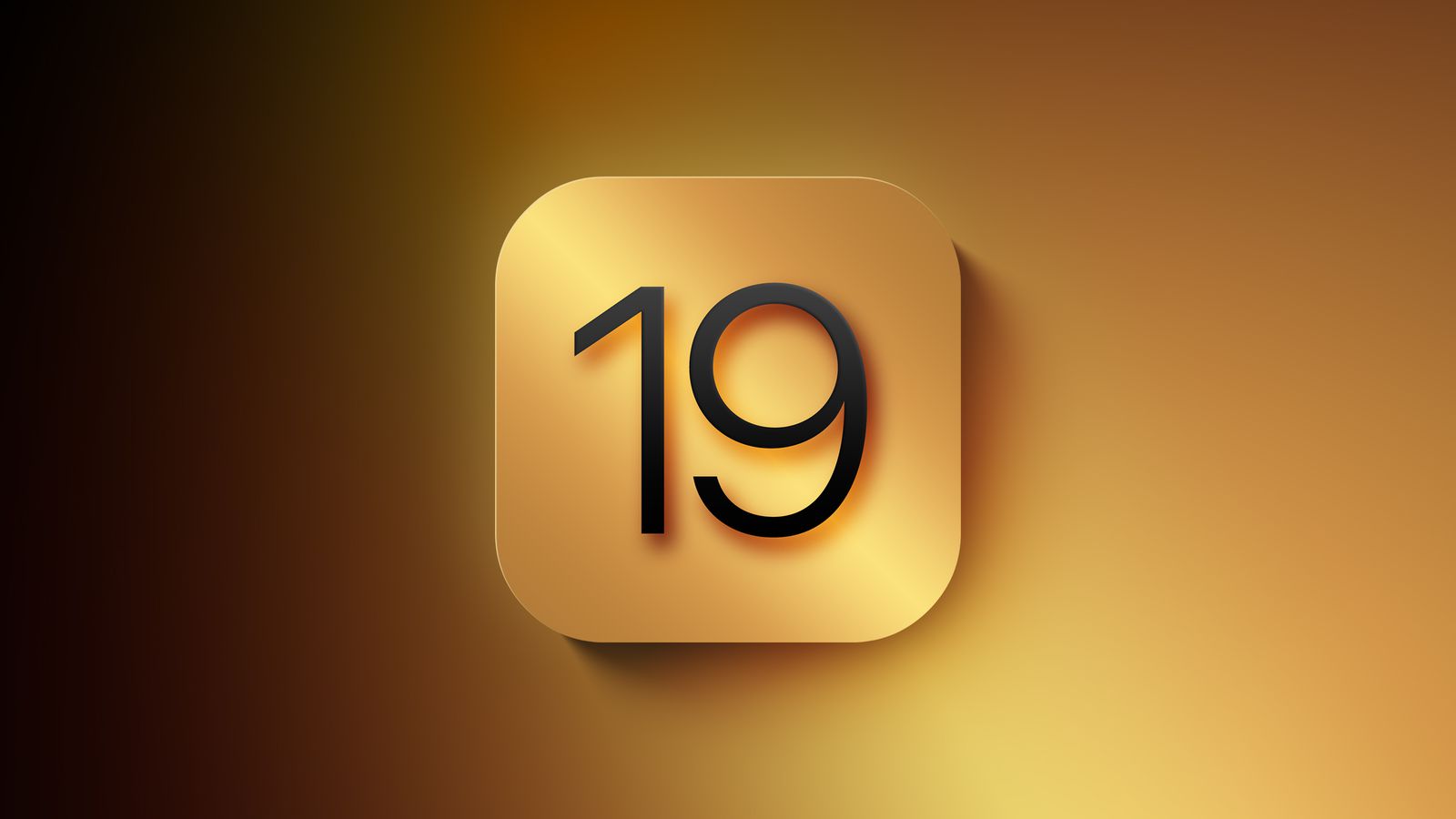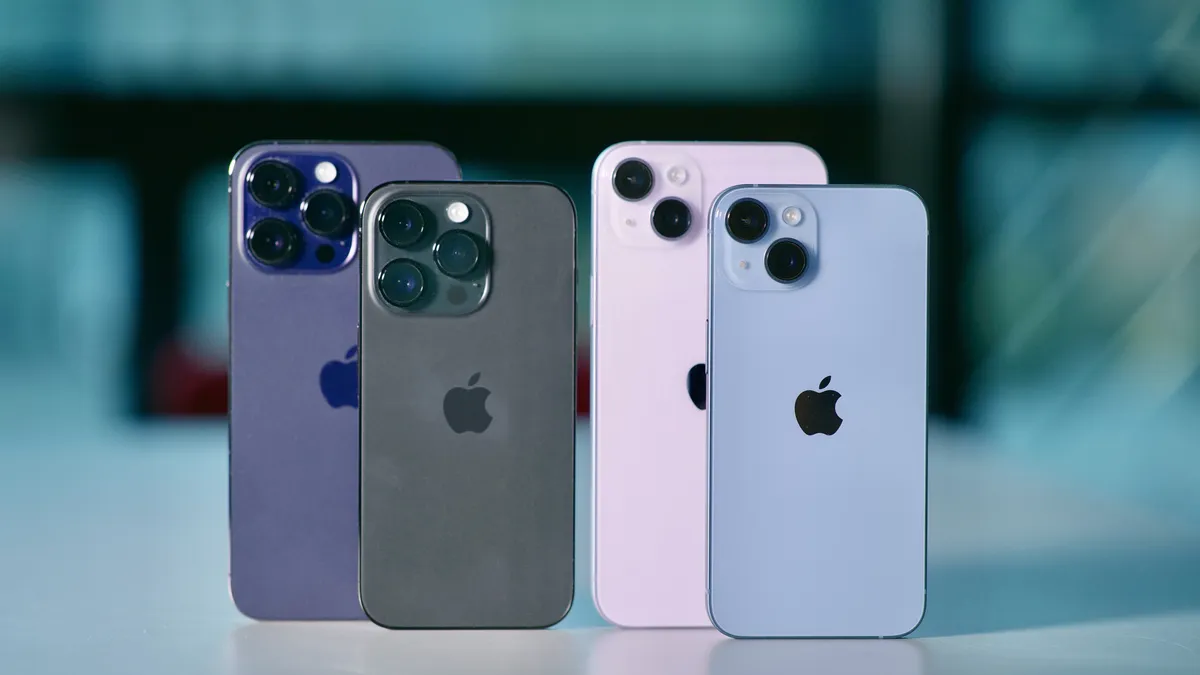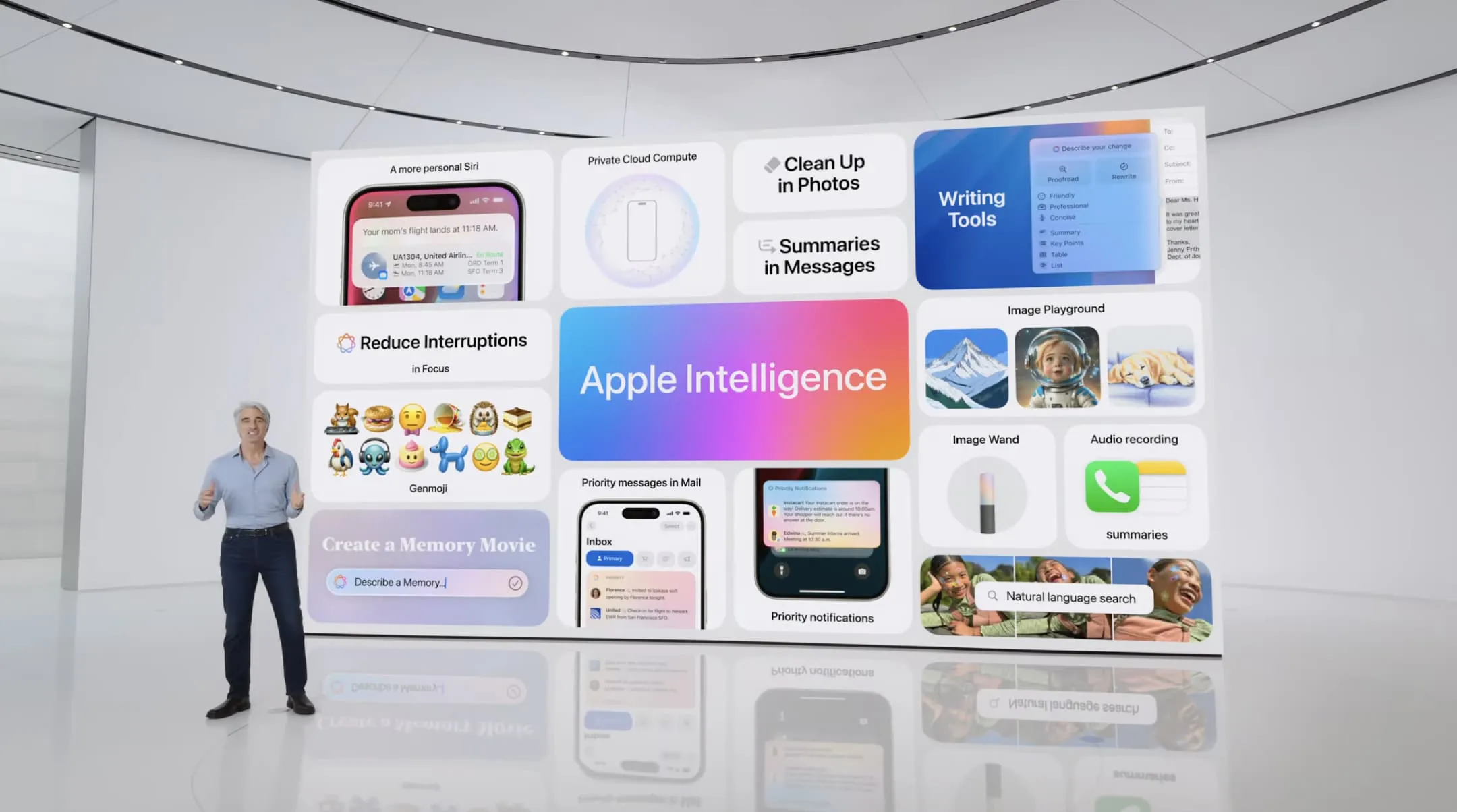The tech world never stands still, and the anticipation for the next iteration of Apple’s mobile operating system, iOS, is already building. While official details remain tightly under wraps, glimpses into potential features and confirmed updates offer a tantalizing preview of what iPhone users can expect in the coming months and into 2025. This exploration delves into both conceptual innovations and concrete developments, painting a picture of the evolving iOS experience.
Conceptualizing iOS 19: A Designer’s Vision
Independent designers often provide fascinating insights into potential future features, pushing the boundaries of what’s possible. One such visionary, known as Oofus, has crafted an intriguing iOS 19 concept, showcasing some compelling ideas.
One particularly captivating concept is the introduction of Lock Screen stickers. In recent years, Apple has emphasized customization, with features like Home Screen and Lock Screen widgets and app icon tinting. Extending this personalization to include stickers on the Lock Screen feels like a natural progression, allowing users to express themselves in a fun and visually engaging way. Imagine adorning your Lock Screen with playful animations, expressive emojis, or even personalized artwork.
Another intriguing idea is a feature dubbed “Flick.” This concept proposes a streamlined method for sharing photos and videos, possibly involving a simple gesture or interaction. This could revolutionize the sharing experience, making it faster and more intuitive than ever before.
Beyond these highlights, the concept also explores potential enhancements to the screenshot interface and new customization options within the Messages app, further demonstrating the potential for innovation within iOS. It’s crucial to remember that these are just concepts, but they serve as valuable inspiration and spark discussions about the future of mobile interaction.
Confirmed Enhancements Coming in Early 2025
While concepts offer a glimpse into the realm of possibilities, Apple has also confirmed a series of concrete updates slated for release in the first few months of 2025. These updates focus on enhancing existing features and introducing new functionalities, promising a richer and more powerful user experience.
Siri Reimagined: The Dawn of Intelligent Assistance
Apple has declared a new era for Siri, with significant improvements on the horizon. Following incremental updates in iOS 18.1 and 18.2, iOS 18.4 is poised to deliver substantial enhancements to Siri’s capabilities.
- Expanded App Actions: Siri will gain the ability to perform hundreds of new actions within Apple apps, eliminating the need to manually open them. This integration will extend to supported third-party apps through App Intents, further streamlining user interactions.
- Contextual Awareness: Drawing inspiration from a real-life assistant, Siri will leverage personal data like received texts and past calendar events to provide more intelligent and relevant assistance. This contextual awareness will enable more natural and intuitive interactions.
Onscreen Awareness: Siri will become aware of the content displayed on the screen, allowing users to directly interact with it through voice commands. This feature could revolutionize how users interact with their devices, enabling seamless control and manipulation of onscreen elements.
These advancements, combined with existing ChatGPT integration, aim to transform Siri into a truly powerful and intelligent assistant, ushering in a new era of human-computer interaction.
Prioritizing What Matters: Enhanced Notifications
Apple Intelligence is also revolutionizing notification management. The introduction of priority notifications will allow users to quickly identify and address the most important alerts. These notifications will appear at the top of the notification stack and will be summarized for faster scanning, ensuring that users stay informed without being overwhelmed.
Expressing Yourself: New Emoji and Image Styles
The world of emoji continues to evolve, with new additions planned for iOS 18.3 or 18.4. These new emoji will offer even more ways for users to express themselves, adding to the already extensive library.
Furthermore, the recently introduced Image Playground app will receive a new “Sketch” style, adding another creative dimension to its image generation capabilities. This new style will allow users to create images with a hand-drawn aesthetic, further expanding the app’s versatility.
Smart Homes Get Smarter: Robot Vacuum Integration
The Home app is expanding its reach to include a new category: robot vacuums. This long-awaited integration, expected in iOS 18.3, will allow users to control their compatible robot vacuums directly from the Home app or through Siri commands, further enhancing the smart home experience.
Bridging Language Barriers: Expanding Apple Intelligence Language Support
Apple is committed to making its technology accessible to a global audience. Starting with iOS 18.4, Apple Intelligence will support a wider range of languages, including Chinese, English (India), English (Singapore), French, German, Italian, Japanese, Korean, Portuguese, Spanish, Vietnamese, and more. This expansion will enable more users around the world to benefit from the power of Apple Intelligence.
Looking Ahead: The Future of iOS
These confirmed updates represent just a fraction of what Apple has in store for 2025. The company will undoubtedly unveil further surprises in iOS 18.3 and 18.4. The Worldwide Developers Conference (WWDC) in June will provide a platform for major announcements regarding iOS 19 and beyond, offering a deeper look into the future of Apple’s mobile operating system. The evolution of iOS continues, promising a future filled with innovation, enhanced user experiences, and seamless integration across Apple’s ecosystem.




